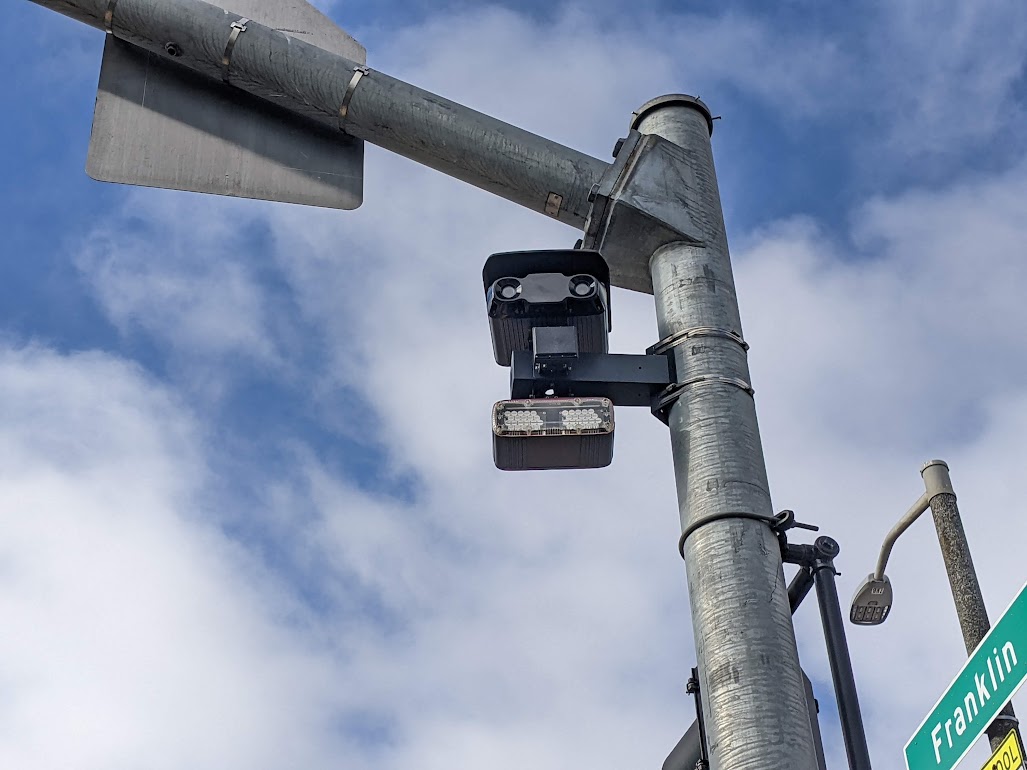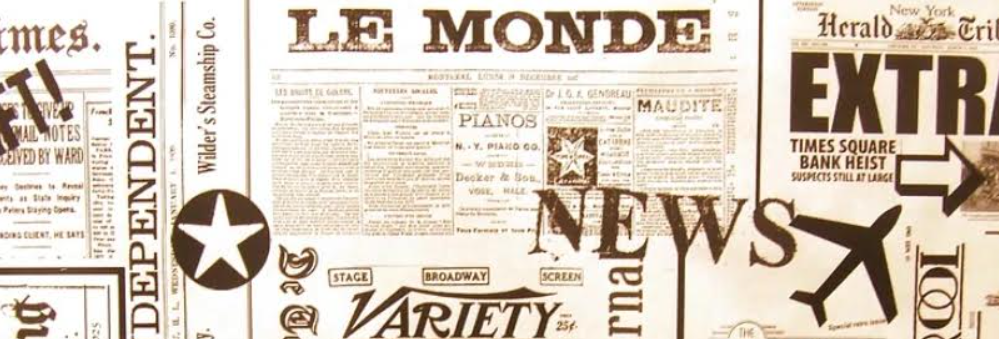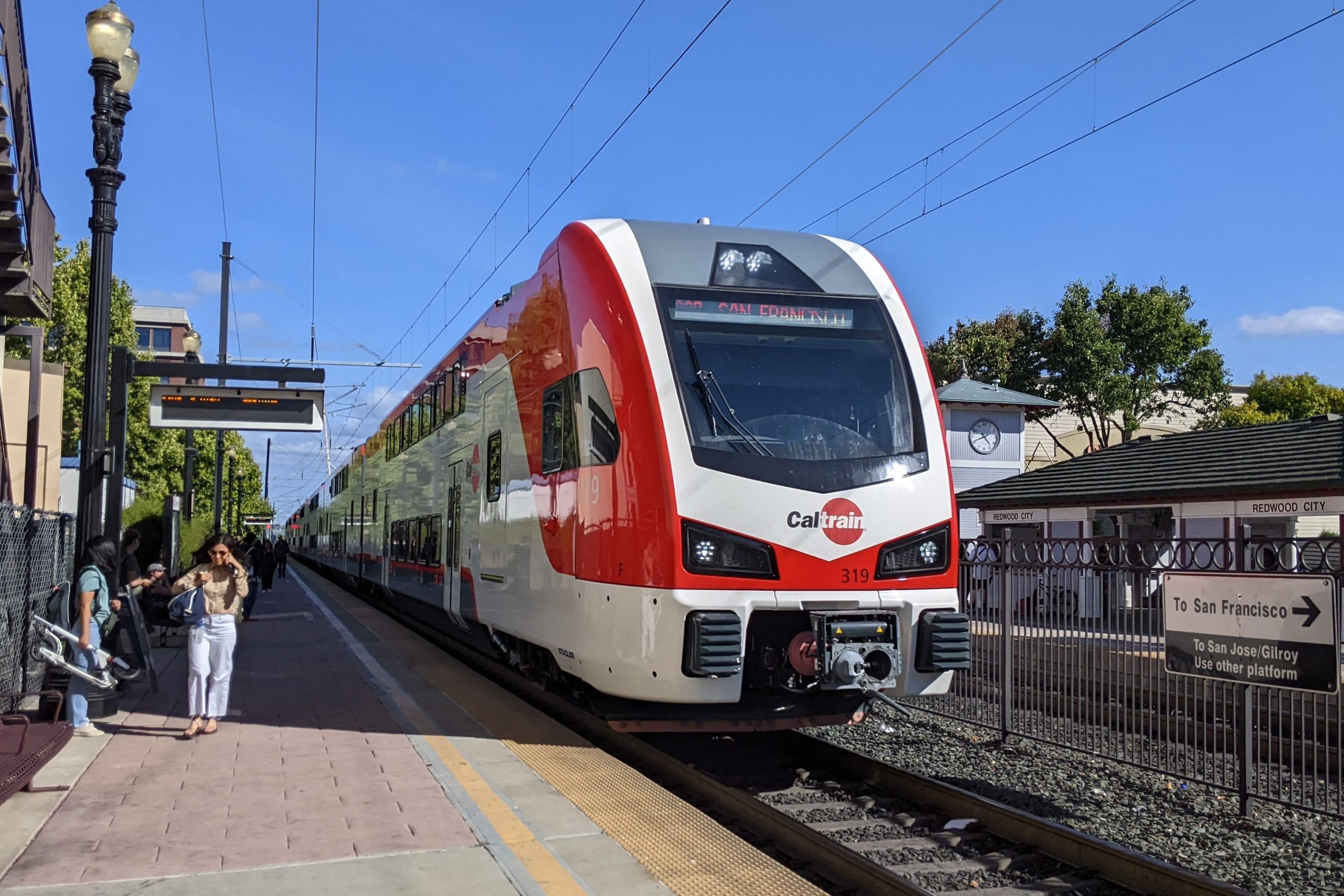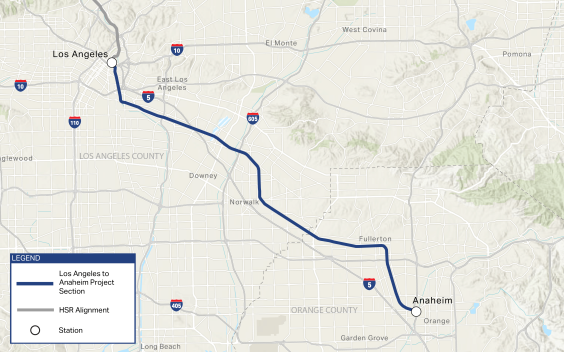City data indicates a significant decline in speeding at locations where speed cameras are operational and the city is issuing fines. From SFMTA's blog:
On average, there was a 72% reduction in speeding vehicles across these 15 sample sites.
Here are a few other key statistics from our latest speed study:
- Approximately 20,000 fewer vehicles are speeding at these locations every single day.
- Generally, there has been a 4 MPH drop in average speeds at all 15 sample sites since the installation of our cameras.
Before speed cameras were installed, 12 of these 15 locations had average speeds higher than the posted speed limit. Today, average speed is below the posted speed limit at all 15 locations.
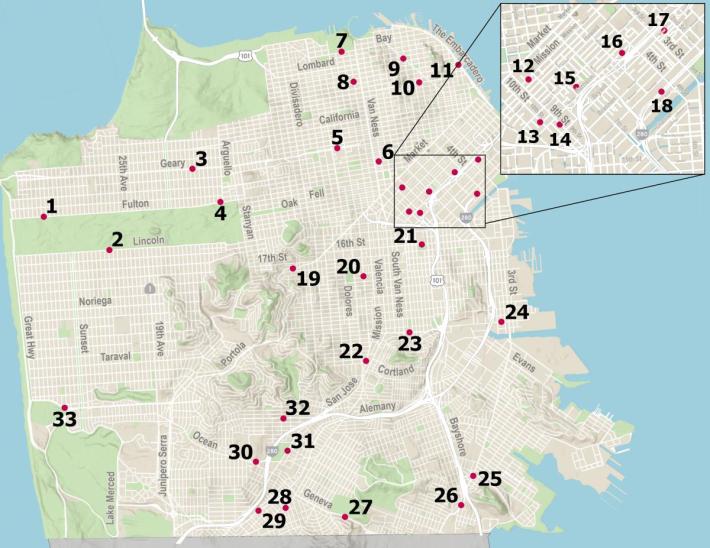
The San Francisco Chronicle dug into the disproportionate number of tickets issued by a speed camera at "Bryant Street between Second and Third streets in San Francisco’s South Beach neighborhood" where "cars coming off Interstate 80 zipped along the four-lane, one-way stretch." That camera, wrote the Chronicle's Danielle Echeverria, accounted for almost a quarter of logged speed violations included in SFMTA's data release.
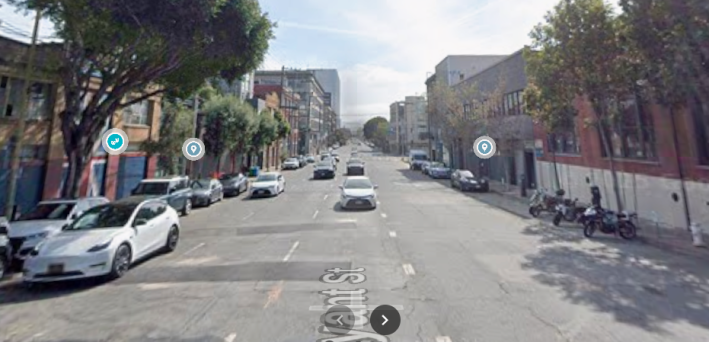
It's perhaps no surprise that drivers continue to speed on such a wide street that acts almost as an extension of I-80. It shows that the infrastructure that encourages reckless driving is still the biggest culprit. It also underscores a fact about speed cameras that often seems lost in the conversation: they deter speeding, but they don't prevent it. This is something New York City already discovered with its speed-camera efforts. If someone is willing to pay the fines (or ignores them), there's actually nothing forcing them to slow down, since the law doesn't add points to a driver's license. As our colleagues at Streetsblog NYC covered, although the cameras reduce speeding overall, so-called "super speeders" continue to terrorize the Big Apple with impunity.

Nevertheless, NYC has seen a drop in traffic violence over the years, primarily because of, I would argue, its prodigious use of concrete. It's the concrete changes to infrastructure, plus tools such as speed cameras, that do the trick. New York City also bans right-on-red citywide. It's not that SFMTA doesn't use other tools as well—the Kirkham neckdown or the raised crosswalk on Steiner and Hermann are examples that come to mind. SFMTA provided a list of four other traffic calming installations and their effect on speeding. It's just important to remember that cities still need to physically narrow lanes, add concrete protected bike lanes and intersections, and provide better transit. "With a maximum of 33 camera locations permitted for San Francisco, we located them on major arterials where other traffic calming was not effective or not possible to implement," wrote SFMTA's Michael Roccaforte in an email to Streetsblog.
Still, the new speed camera data "is encouraging and shows that speed cameras are effective at reducing speeding on the individual block where a camera is installed," wrote Streets Forward's Luke Bornheimer. "That said, there is little data to suggest that speed cameras decrease speeds much beyond the individual block where a camera is installed, and there is no data showing that speed cameras help people shift trips to walking, biking, and public transit."
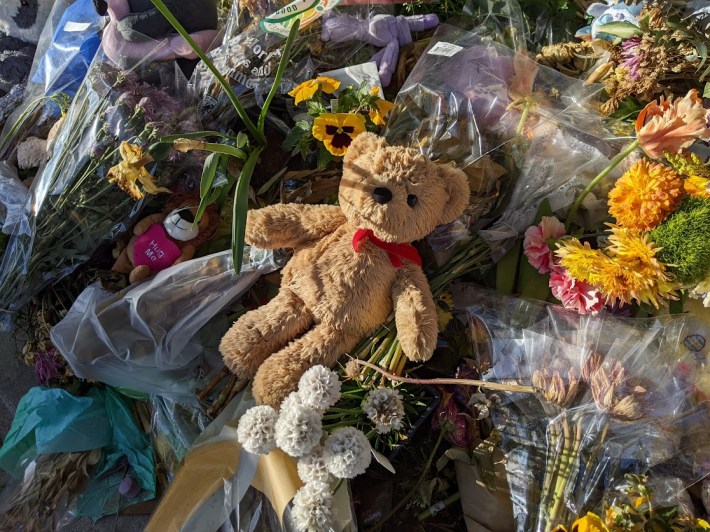
All of which means achieving Vision Zero still needs a level of political courage and determination rarely seen in the Bay Area. At rallies, politicians always claim "one life lost is too many," but then flounder when it's time to back that up with a serious street intervention or far-reaching regulations. Perhaps the most obscene examples of this were Governor Newsom's decision to veto Scott Wiener's speed-governor bill last year, or Supervisor Myrna Melgar's sabotage of a safety plan in West Portal after a family of four was wiped out by a reckless driver. My fear is that cities will install speed cameras and celebrate the marginal safety improvements, allowing the politicians to declare victory. In reality, speed cameras should be viewed as the least a city can do, not the most.
